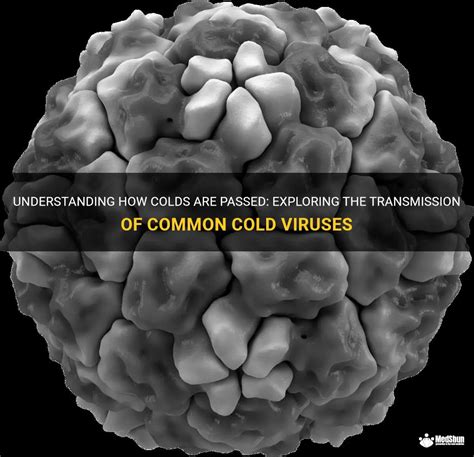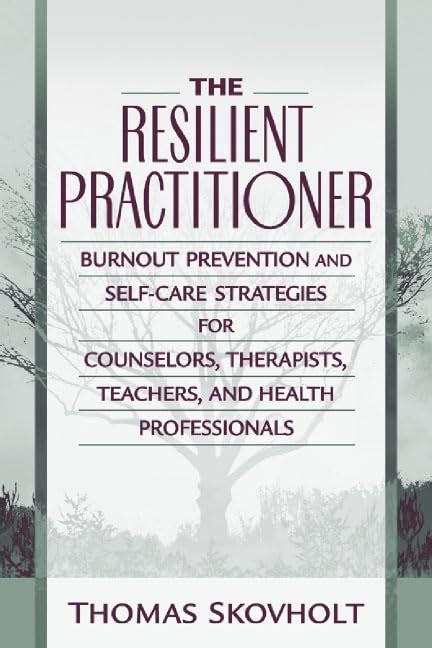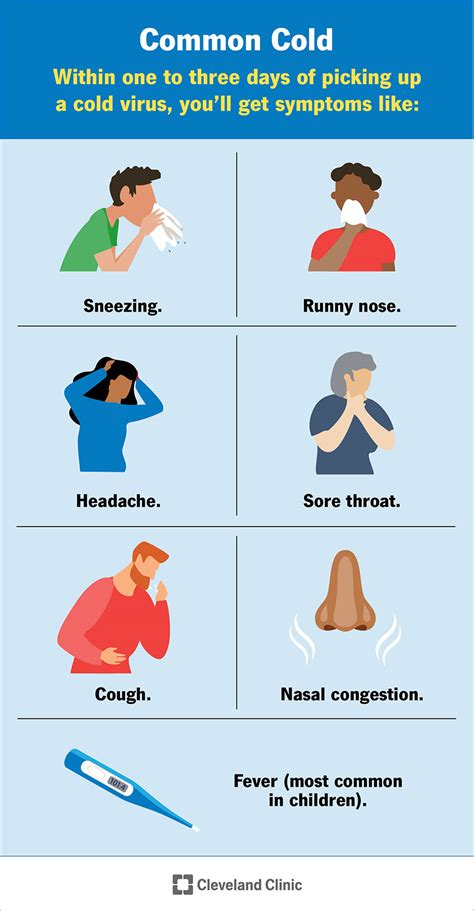Intro
The common cold is a widespread and often misunderstood condition that affects millions of people worldwide every year. It is a viral infection that targets the upper respiratory system, causing a range of symptoms such as sneezing, coughing, runny nose, and sore throat. Despite its prevalence, there is still much confusion about what exactly the common cold is and how it should be treated. In this article, we will delve into the world of the common cold, exploring its causes, symptoms, and treatment options, as well as examining the question of whether it can be considered a disease.
The common cold is caused by a viral infection, with over 200 different viruses known to cause the condition. The most common culprits are rhinoviruses, coronaviruses, and adenoviruses, which are highly contagious and can spread quickly from person to person. When an infected person talks, coughs, or sneezes, they release tiny droplets into the air that contain the virus, which can then be inhaled by others. The virus can also survive on surfaces and objects, allowing it to be transmitted through touch.
Understanding the Common Cold

The symptoms of the common cold can vary from person to person, but they typically include a combination of sneezing, coughing, runny nose, and sore throat. In some cases, the cold can also cause fatigue, headache, and muscle aches. The severity of the symptoms can range from mild to severe, and they can last anywhere from a few days to several weeks. While the common cold is usually a self-limiting condition, meaning it will resolve on its own without treatment, it can sometimes lead to complications such as sinus infections, bronchitis, and pneumonia.
Causes and Risk Factors
The common cold is caused by a viral infection, and there are several factors that can increase a person's risk of getting sick. These include a weakened immune system, poor hygiene, and close contact with someone who is already infected. Additionally, people who smoke or are exposed to secondhand smoke are more likely to get sick, as are those who are stressed or not getting enough sleep.Symptoms and Diagnosis

Diagnosing the common cold can be challenging, as the symptoms can be similar to those of other conditions such as the flu or allergies. A healthcare professional will typically diagnose the common cold based on a physical examination and a review of the person's symptoms. They may also perform tests such as a throat swab or a blood test to rule out other conditions.
Treatment Options
While there is no cure for the common cold, there are several treatment options available to help manage the symptoms. These include over-the-counter medications such as pain relievers and decongestants, as well as prescription medications such as antibiotics. In addition to medication, there are several home remedies that can help alleviate the symptoms of the common cold, such as drinking plenty of fluids, getting plenty of rest, and using a humidifier to add moisture to the air.Prevention and Self-Care

Preventing the common cold can be challenging, but there are several steps that can be taken to reduce the risk of getting sick. These include practicing good hygiene, such as washing your hands frequently and avoiding close contact with people who are already infected. Additionally, getting plenty of sleep, eating a healthy diet, and managing stress can all help to boost the immune system and reduce the risk of illness.
Complications and Long-Term Effects
While the common cold is usually a self-limiting condition, it can sometimes lead to complications such as sinus infections, bronchitis, and pneumonia. These complications can be serious and even life-threatening, especially in people with weakened immune systems or underlying health conditions. In addition to these complications, the common cold can also have long-term effects on the body, such as increasing the risk of developing conditions such as asthma and chronic obstructive pulmonary disease (COPD).Is the Common Cold a Disease?

The question of whether the common cold can be considered a disease is a complex one. While it is caused by a viral infection and can cause significant symptoms and complications, it is usually a self-limiting condition that resolves on its own without treatment. However, the common cold can also have serious consequences, especially in people with weakened immune systems or underlying health conditions. Ultimately, whether or not the common cold is considered a disease is a matter of semantics, but it is clear that it is a significant public health concern that affects millions of people worldwide every year.
Current Research and Developments
Researchers are continually working to develop new treatments and prevention strategies for the common cold. This includes the development of new medications and vaccines, as well as the exploration of alternative therapies such as herbal remedies and acupuncture. Additionally, researchers are working to better understand the causes and mechanisms of the common cold, with the goal of developing more effective prevention and treatment strategies.Conclusion and Final Thoughts

In conclusion, the common cold is a complex and multifaceted condition that affects millions of people worldwide every year. While it is usually a self-limiting condition, it can sometimes lead to serious complications and long-term effects. By understanding the causes, symptoms, and treatment options for the common cold, individuals can take steps to manage their symptoms and reduce their risk of getting sick. Whether or not the common cold is considered a disease is a matter of semantics, but it is clear that it is a significant public health concern that requires ongoing research and attention.
What is the common cold?
+The common cold is a viral infection that targets the upper respiratory system, causing symptoms such as sneezing, coughing, runny nose, and sore throat.
How is the common cold transmitted?
+The common cold is highly contagious and can be transmitted through the air when an infected person talks, coughs, or sneezes, as well as through touch and contact with contaminated surfaces and objects.
Can the common cold be prevented?
+While there is no surefire way to prevent the common cold, there are several steps that can be taken to reduce the risk of getting sick, such as practicing good hygiene, getting plenty of sleep, and managing stress.
What are the complications of the common cold?
+The common cold can lead to complications such as sinus infections, bronchitis, and pneumonia, especially in people with weakened immune systems or underlying health conditions.
Is there a cure for the common cold?
+There is no cure for the common cold, but there are several treatment options available to help manage the symptoms, including over-the-counter medications, prescription medications, and home remedies.
We hope this article has provided you with a comprehensive understanding of the common cold, its causes, symptoms, and treatment options. If you have any further questions or comments, please don't hesitate to reach out. Share this article with your friends and family to help them stay informed and healthy. Take the first step towards a healthier you by learning more about the common cold and how to manage its symptoms.
